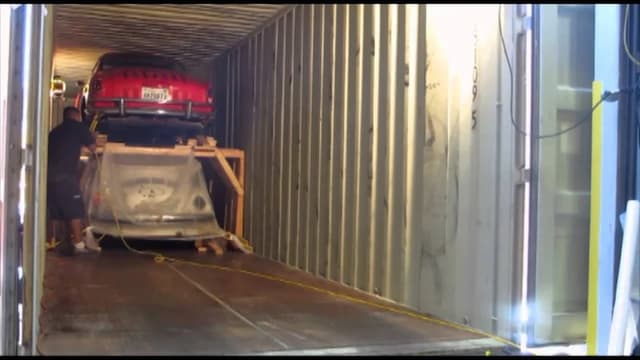Navigating Car Transport in Boise, ID
When it comes to shipping your car in Idaho, there's a world of factors to consider. Idaho, with its diverse terrain, seasonal weather extremes, and transportation regulations, presents a distinct set of circumstances. But don't worry! Here at CitizenShipper, we are committed to helping you navigate through it all. Whether you're moving into or out of Boise or need to transport your car for any reason, our expert team is here to help.
Idaho's Vehicle Transportation Laws & Regulations
In Idaho, car transportation laws and regulations are in place to ensure the safety and preservation of all vehicles and public roadways. Auto transporters must adhere to the Federal Motor Carrier Safety Administration (FMCSA) regulations for safety. Compliance involves ensuring that all vehicles are properly secured during transport and maintaining necessary documents for every shipped vehicle.
All auto transporters operating in Idaho must also possess an active MC Docket number, issued by the FMCSA. This number signifies that a transportation company is registered under the federal government, allowing them to legally operate across state lines. Additionally, Idaho has specific weight restrictions and size limits that carriers must observe, particularly when navigating mountain passes and rural highways.
Weather & Terrain Considerations in Boise, ID
Weather patterns in Boise, ID have a significant impact on car shipping. The city experiences four distinct seasons, with hot, dry summers reaching into the 90s and cold winters that can bring snow and ice. The winter months from November through February can be particularly challenging for auto transport, with mountain passes occasionally closing due to heavy snowfall and hazardous driving conditions.
Boise's location in the Treasure Valley offers relatively flat terrain within the city, but the surrounding area quickly gives way to mountains and high desert landscapes. These geographical variations can present shipping challenges, especially when routes include passage through the Rocky Mountains or remote areas of the state. It's beneficial to plan and account for possible delays, particularly during winter months or if your destination requires travel through Idaho's more rugged regions.
The Snake River Plain that runs through southern Idaho offers easier transport routes, but carriers must still navigate elevation changes that can affect fuel efficiency and travel times. During spring thaw, some rural roads may have weight restrictions due to softer road conditions, which can impact delivery schedules for heavier transport vehicles.








